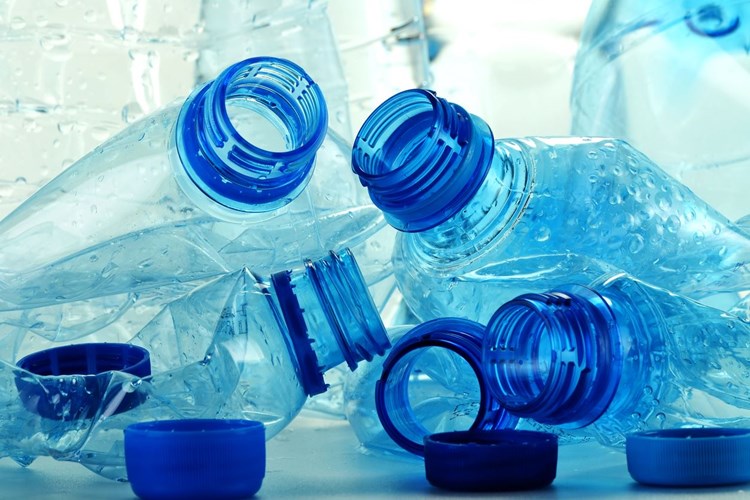
Cancer remains a serious threat to all Australians with 1 in 2 Males are expected to get some form of cancer before age 85 and 1 in 3 Females are expected to get some form of cancer before age 85. These are not great odds, and that elusive cure ‘just around the corner’ funded by billions in grants and fundraising dollars is no closer or of much comfort to anyone diagnosed today given our cancer history.
A recent Medscape article reveals, the American Cancer Society estimates that environmental factors account for about 75%-80% of cancer cases and deaths in the United States, whereas hereditary factors make up the rest. Although most environmental risks can be attributed to lifestyle factors, such as smoking (30%) and a mixture of poor nutrition, physical inactivity, and obesity (35%), there is still a significant burden from a range of environmental exposures. The International Agency for Research on Cancer (IARC), the World Health Organization's cancer research division, has classified 107 such agents to be carcinogenic to humans; these include tobacco, asbestos, benzene, arsenic, ionizing radiation, and ultraviolet radiation. But for other environmental exposures or chemicals, the link to cancer remains less clear.
Bisphenol A (BPA) the compound found in a range of consumer goods, including baby and water bottles, eyeglass lenses, toys, cell phones, and food containers, as well as in the lining of most food and beverage cans is high on the suspect list.
In November 2011 Harvard School of Public Health (HSPH) released findings that a group of volunteers who consumed a serving of canned soup each day for five days had a more than 1,000% increase in urinary bisphenol A (BPA) concentrations compared with when the same individuals consumed fresh soup daily for five days. The study is one of the first to quantify BPA levels in humans after ingestion of canned foods.
There are a few studies published, including in the journal Endocrine Disruptor, that even a small amount of BPA can cause health problems. The chemical BPA mimics hormone, estrogen and have estrogenic effects on the body. Too much of this hormone is linked to a range of diseases from cancer, diabetes, infertility, mental disorders, asthma to obesity.
In 2009, the Endocrine Society also issued a scientific statement on the health effects of endocrine disruptors[6]: "Results from animal models, human clinical observations, and epidemiological studies converge to implicate [endocrine-disrupting chemicals] as a significant concern to public health."
In 2010, endocrine researcher Dr Soto released a statement, "Sufficient supporting data have been gathered on the deleterious effects of endocrine disrupting chemicals to warrant immediate action to decrease human and wildlife exposure to these agents."
A subsequent review published in 2013 by Dr Soto and colleagues found.[10] The growing body of research uncovered compelling evidence that fetal and neonatal BPA exposure in rats increased the risk for mammary cancer later in life. The authors concluded that these data in laboratory animals can probably be extrapolated to humans and that exposure to BPA and other endocrine-disrupting chemicals has probably contributed "to the increase in the incidence of breast cancer observed over recent decades."
Despite the mounting evidence in animal models, a causal link between BPA and cancer risk in humans has not been confirmed. According to the World Health Organization's 2014 World Cancer Report, "Definitive proof of the role of BPA in human cancer induction is likely to remain limited, not least by ethical limits to human experiments."
Food Standards Australia New Zealand, one of the agencies responsible for monitoring BPA in food recognizes “Small amounts of BPA can migrate into food and beverages from containers.” But concludes that - some studies have raised potential concerns that BPA exposure may cause health problems. However the overwhelming weight of scientific opinion is that there is no health or safety issue at the levels people are exposed to.
Still, uncovering a causal link between BPA exposure and cancer in humans is essentially impossible. "To expose humans on purpose is unethical, so there is a limit to what we can investigate," Dr Soto said. In addition, because almost everyone is exposed to BPA, it would not be feasible to conduct a human study comparing the health effects of BPA in people who are exposed vs those who are not.
"In such a case, we need to extrapolate to humans, because to wait for conclusive evidence in humans would be criminal," Dr Soto said. "Given the strong evidence in rats and mice, it is very likely that humans experience similar effects, because we share the same hormones and receptors."
Dr Soto added, "At some point, we have to question how much knowledge is enough to warrant action. To me, we've passed the point with BPA."
To reduce exposure Dr Soto recommends avoiding plastics that could contain BPA. "The problem here is that we do not know exactly how pervasive BPA is." For instance, polycarbonate is often used for industrial filtering, so drinking from a glass bottle does not necessarily mean the liquid is BPA-free.
"What we really need is global legislation," Dr Soto said. Lawmakers in France and Denmark have already implemented a policy to ban BPA from all food packaging. Until such regulations are instituted in more countries worldwide, Dr Soto advises people to talk to their local representatives and to take part in the public debate.
By personally avoiding plastic drink bottles and the purchase of food products that come in various plastic packaging lined with BPA reduces your exposure and risk while sending a strong message to food manufactures and government funded bodies…it’s time to protect the health of our people and stop cashing in on it!